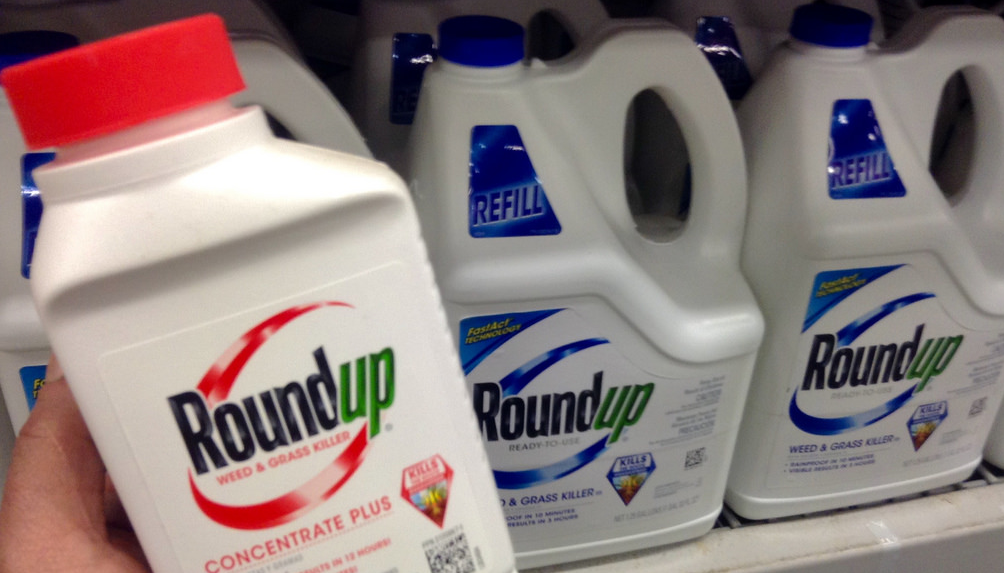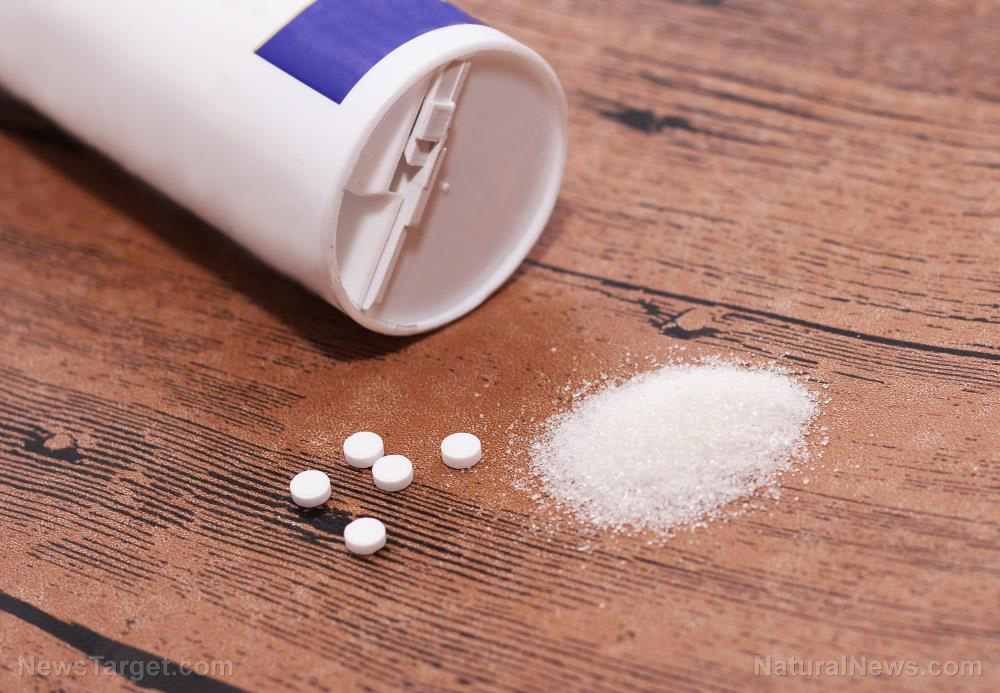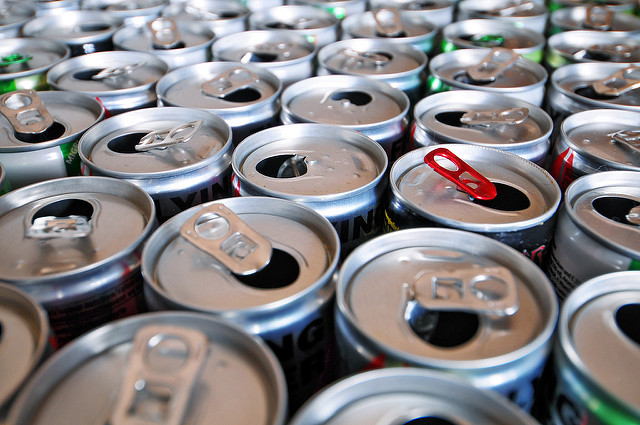These fish test high for mercury… are you poisoning yourself at dinner?
01/16/2019 / By Isabelle Z.

When you hear about the many health benefits you can enjoy when you consume lots of fish –particularly omega-3 fatty acids – it’s tempting to try to eat as much of it as possible. However, one issue that is holding many people back from upping their fish intake is mercury contamination.
Mercury is toxic, poisoning your nervous system and kidneys, and exposure to it is a serious health problem. Even small amounts of the heavy metal are dangerous, which is why exposure is especially risky among women of childbearing age and young children. The EPA estimates that at least 75,000 babies are born every year with higher risk of learning disabilities on account of their mother’s mercury exposure.
We’ve all seen the headlines warning people away from fish because of mercury contamination – after all, the top source of mercury exposure for Americans is eating contaminated fish – but don’t give up on this healthy food entirely. By learning which fish are most likely to be contaminated, you can make smarter choices when you’re shopping for food to ensure you maximize health benefits while minimizing potential harm. Here is a look at some of the fish that tests highest for mercury.
- As a general rule, larger predatory fish tend to contain more mercury. Mercury from coal-burning factories and power plants makes its way into rivers, oceans and lakes, where small organisms ingest it; concentrations rise as bigger fish subsequently eat smaller ones as you move up the food chain.
- The EPA and FDA alike have warned women of childbearing age and young children away from four fish entirely because of their high mercury content: swordfish, shark, Gulf tilefish, and king mackerel. Two fish may soon be added to that list: marlin and orange roughy.
- Tuna may not have the highest content of mercury on the surface – although ahi tuna is particularly vulnerable – but because it is so widely consumed, it’s America’s biggest source of mercury exposure. It’s recommended that people stay under two servings per week to be on the safe side.
- They have also identified several fish that should be limited, although it’s not necessary to avoid them entirely. These are Chilean Seabass, halibut, grouper, Spanish mackerel, sablefish and fresh tuna.
- Generally speaking, fish like salmon, catfish and sardines are considered low in mercury while still being rich in omega 3s.
If you’d like more specific guidance, the Environmental Working Group provides a seafood calculator on its website that creates a custom seafood list using your weight, age, gender and heart health status. After plugging in the relevant data, the calculator will provide a list of the fish it considers your best bets, along with advice on where to source them for optimal sustainability and several other categories of interest. For example, you’ll find fish that is low in mercury but also low in omega-3s, which means it may be safe but not the best choice if you’re eating fish solely for its health benefits. You’ll also see which fish to avoid and limit.
Watch out for other sources of mercury
Unfortunately, fish consumption isn’t the only way that you can be exposed to mercury. For example, silver dental fillings can release a mercury vapor into your mouth when you chew. It is also found in thimerosal, a preservative that is used in some vaccines.
If you want to avoid mercury and all of its dangerous health effects, it’s important to be vigilant. Don’t miss out on the health benefits of fish out of a fear of mercury; educate yourself and know the sources of your food!
Sources for this article include:
Tagged Under: dental fillings, disease causes, fish, food safety, mercury, omega 3, salmon, seafood, Thimerosal, toxic ingredients, toxins, Tuna



















